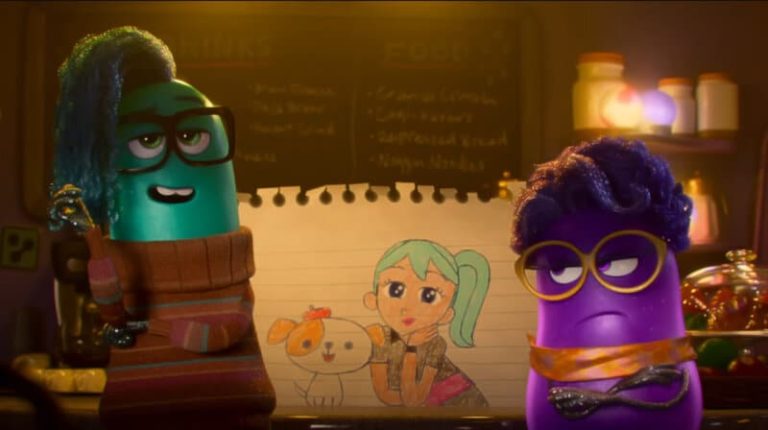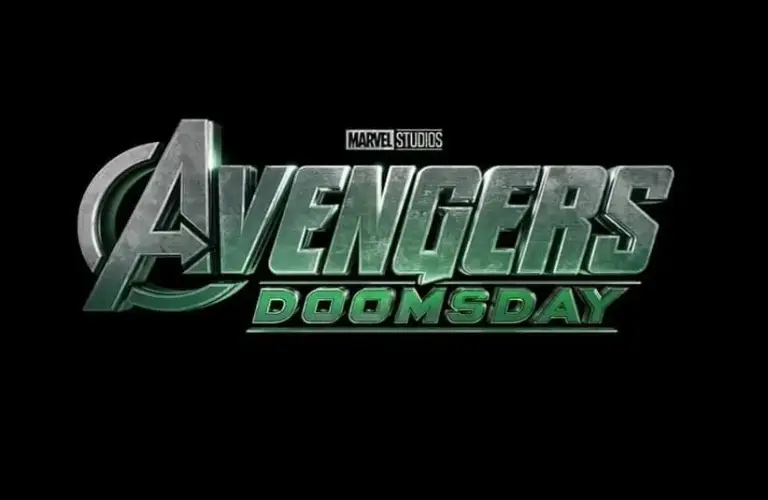Disney Pushing Original Content Targeting Gen Z Males Amid Marvel and Star Wars Struggles
Disney’s recent push to develop original intellectual property specifically to win back Generation Z males feels like a familiar tune—one the House of Mouse played before with mixed results. As leadership at Walt Disney Studios actively seeks out concepts to bring young men ages 13-28 back to theaters, the strategy echoes a similar campaign from the late 1990s that produced ambitious but ultimately unsuccessful attempts to broaden the studio’s appeal.
History Repeating: Disney’s Late 90s Gambit
In the late 1990s, Disney faced a similar challenge. The studio’s princess-focused animated features dominated the box office, but executives worried about connecting with male audiences. Their solution was to develop more action-oriented, adventure-driven animated films that would appeal to boys while maintaining Disney’s storytelling standards.
This strategy gave birth to two of Disney’s most ambitious animated features: Atlantis: The Lost Empire (2001) and Treasure Planet (2002). Both films represented significant departures from Disney’s established formula. Atlantis offered a steampunk adventure with a young male protagonist exploring ancient civilizations, while Treasure Planet reimagined the classic Treasure Island story in a space-faring setting complete with solar surfers and cyborg pirates.
Despite their innovative animation techniques, compelling storylines, and clear attempts to appeal to male audiences, both films underperformed at the box office. Atlantis earned $186 million worldwide against a $120 million budget, while Treasure Planet managed only $109 million worldwide on a $140 million budget—making it one of Disney’s biggest animated flops at the time.
The Current Challenge: Marvel Fatigue and Star Wars Struggles
Today’s situation presents interesting parallels. Disney’s current stable of male-oriented properties—Marvel and Lucasfilm—faces significant headwinds. The superhero genre shows signs of audience fatigue, with even well-reviewed entries like Fantastic Four: First Steps failing to meet expectations despite starring Pedro Pascal and Vanessa Kirby. Meanwhile, Star Wars hasn’t produced a theatrical film in seven years, relying instead on Disney+ series to maintain audience engagement.
According to industry sources, Disney executives have been specifically requesting original concepts including “splashy global adventures and treasure hunts” as well as seasonal entertainment for corridors like Halloween. The mandate has fallen primarily to David Greenbaum, who was brought in from Searchlight Pictures to run Disney’s live-action film business, alongside newly hired Daria Cercek from Paramount Pictures.
The Demographic Targeting Trap
The fundamental issue with Disney’s approach lies in its demographic-first thinking. Rather than developing compelling stories that happen to appeal to young men, the studio appears to be reverse-engineering content to fit a target audience. This approach treats storytelling as a marketing exercise rather than an artistic endeavor.
Generation Z men represent a particularly challenging demographic to capture. Studies show they’re a gaming-obsessed group whose formative years were disrupted by COVID-19 lockdowns, making them less habitual moviegoers than previous generations. They’re also digitally native, consuming content across multiple platforms and formats that compete directly with traditional theatrical experiences.
When Disney tries to create content specifically for this audience, they risk falling into the same trap that befell Atlantis and Treasure Planet: crafting films that feel calculated rather than authentic. Young audiences, particularly Gen Z, have finely tuned authenticity detectors. They can sense when content is being manufactured to appeal to them rather than emerging from genuine creative passion.
The Quality-First Alternative
The most successful entertainment properties that resonate with Gen Z men weren’t created specifically for that demographic—they were created with passion and quality as the primary drivers. Look at Warner Bros.’ success with A Minecraft Movie, which earned nearly a billion dollars not because it was designed to appeal to young men, but because it authentically captured something that generation already loved.
Similarly, Universal’s “Gentleminions” phenomenon around Minions: The Rise of Gru wasn’t orchestrated by studio marketing departments. It emerged organically because the content itself sparked genuine engagement. Young men dressed in suits and ties to see the film, creating viral TikTok moments that no amount of demographic targeting could have planned.
Disney’s most successful recent properties with male audiences have been those that prioritized quality storytelling over demographic pandering. The company’s own statement that four Disney films have grossed over $1 billion in the past 16 months—while no other studio managed even one—suggests their current approach already works when executed well.
Lessons from Success Stories
Disney’s historical successes with male audiences didn’t come from targeting them specifically but from creating universally compelling content. The original Star Wars trilogy wasn’t focus-grouped for young men—it was George Lucas pursuing his vision of space opera storytelling. The early Marvel Cinematic Universe films succeeded because they respected their source material while crafting excellent standalone adventures.
Even looking at Disney’s animated classics, the films that resonated most broadly were those driven by strong storytelling rather than demographic considerations. The Lion King appeals to young men not because it was designed for them, but because it tells a compelling coming-of-age story with spectacular visuals and memorable characters.
The Creative Integrity Imperative
CEO Bob Iger’s recent comments about prioritizing “great movies” over existing IP suggest Disney recognizes this dynamic. The focus should be on creative excellence rather than demographic engineering. When studios create content with authentic passion and respect for their craft, audiences respond regardless of their age or gender.
The late 1990s experiment with Atlantis and Treasure Planet failed not because the concepts were flawed, but because they felt like exercises in market research rather than inspired storytelling. Both films had elements that could have worked—innovative animation, interesting characters, exciting adventure scenarios—but they lacked the creative spark that makes truly memorable entertainment.
A Better Path Forward
Rather than seeking original IP specifically to attract Gen Z men, Disney would be better served by developing original IP that excites their creative teams. When filmmakers are passionate about their projects, that enthusiasm translates to audiences. When stories are told with authenticity and care, they find their audiences naturally.
The studio should focus on what has always made Disney successful: exceptional storytelling, memorable characters, and production values that respect both the medium and the audience. If those elements are present, the demographic targeting takes care of itself.
Disney’s search for content to win back Generation Z men reflects a broader industry challenge, but the solution isn’t more sophisticated demographic targeting. It’s recommitting to the fundamental principles of great entertainment: compelling stories, well-developed characters, and authentic creative vision.
The late 1990s taught Disney that you can’t engineer demographic appeal, but you can create content so good that it transcends demographic boundaries. Twenty-five years later, that lesson remains as relevant as ever.





